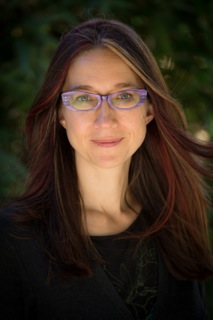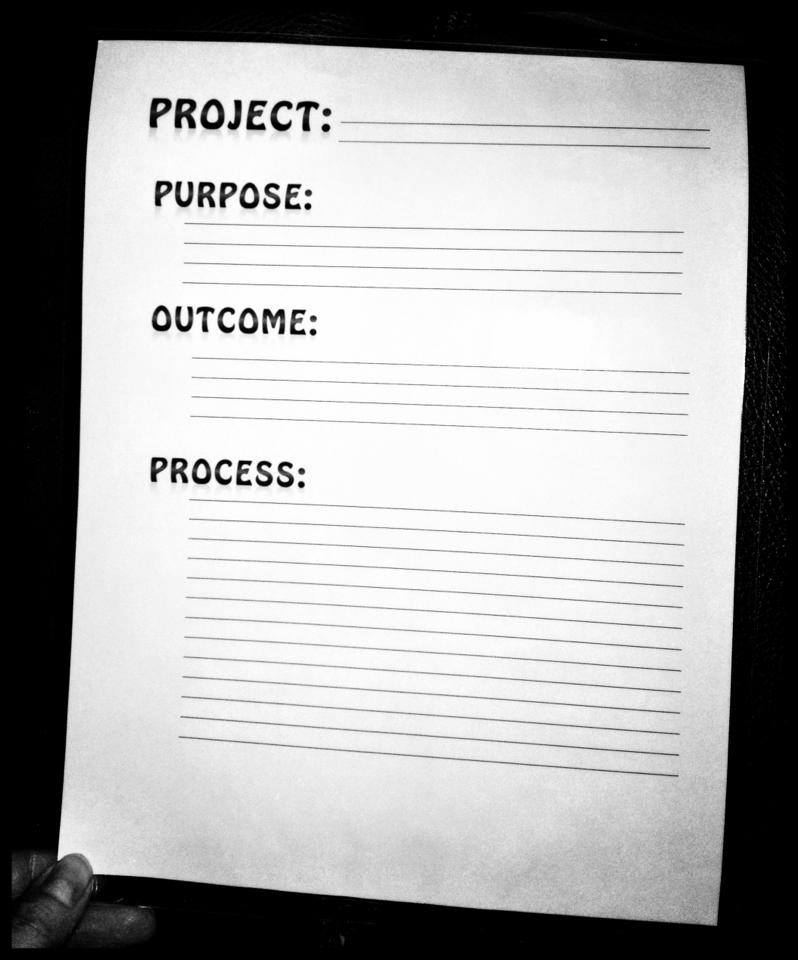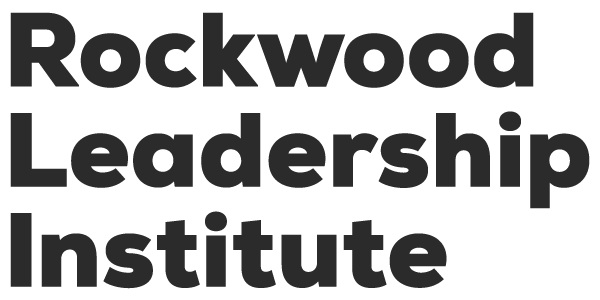It’s Throwback Thursday! Here’s one of our all-time most POP-ular posts, originally from Rockwood trainer Suzanne Hawkes’ blog. And if you enjoy this, be sure to check out another post of hers, 5 Qualities of a Great Organizational Vision.

Given the state of my memory, I lunge at anything this easy to remember. And this fast. Sure, it may take a bit more than 30 seconds sometimes, but it’s still pretty snappy and massively effective. Here’s a snapshot of POP. And really, it’s so straightforward, this is all you need:
• Purpose answers the question why.
• Outcome speaks to what – the vision of what success will look and feel like when you “arrive.”
• Process speaks to how – the specific steps involved in getting there.
Straight from the Source
The POP model was devised by brilliant leadership consultant (and fellow Rockwood trainer) Leslie Sholl Jaffe, and her partner Randall Alford. As they describe it:
“POP is a useful tool for a multitude of the daily activities leaders find themselves faced with: meeting agendas, campaigns, difficult conversations, unplanned calls and conversations. . . . As you can gather from the list, POP is scalable. It can be used for large, long-term projects, regular weekly staff meetings, a meeting you attend, or a call that comes in that has no agenda, coaching/mentoring sessions . . .”
Case in point: Workshop Design

• What is the overall purpose of this workshop?
• Why now?
• Why here?
• How can it advance our particular focus on supporting skilled immigrants and refugees in the job market?
Then we asked:
• If this workshop is wildly successful, what would the outcome be? What does success look like, in concrete terms?
Only after we’d answered those questions did we address the process – the specific format, agenda design, room set-up, breakout size etc.
Cart before the horse . . .
All too often, action-oriented social justice and not-for-profit leaders jump straight into planning the process of calls, meetings and entire projects – without first nailing down a clear sense of purpose and outcomes. In practice, it’s vastly more effective to “go slow to go fast.” Even doing a quick POP for simple tasks, I’ve found, can save hours of time, and help ensure that your creative energies are aligned and vastly more effective from the start.
Love Suzanne’s posts? She’ll be one of the Art of Leadership trainers, along with Darlene Nipper, November 2-6, 2015 at the Garrison Institute in New York. Apply today!

